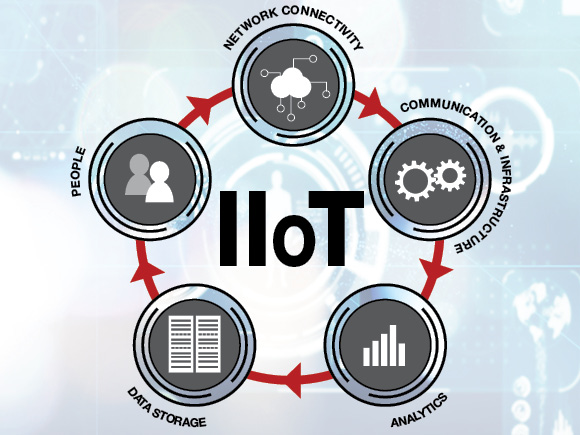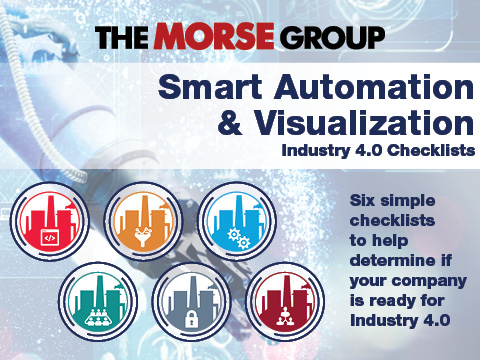
The industrial internet of things (IIoT) refers to interconnected sensors, actuators, and other devices networked together with computers for industrial applications. In other words, IIoT uses technology to enhance manufacturing and industrial processes. This technology allows for massive amounts of data collection and analytics to take place that would not otherwise be humanly possible. The data being gathered is nothing new. Machines have produced massive amounts of data for years. The use of IIoT allows us to be able to retrieve and compile this information into a manageable, usable form in real time. Companies can then use the information to improve everything from production line efficiency, to quality control, supply chain logistics and even customer experience.
IIoT provides valuable information about production lines like where the process is getting slowed down, frequency of machine failures and energy use. This information can be used to improve the process, standardize quality, and shorten build time. This is a win-win situation for a manufacturer. The business is more profitable, and the customer is happy because they get a high-quality product in less time. In terms of supply chain logistics, IIoT can recognize inefficiencies and provide the “why” this is occurring, allowing you to take immediate action to correct the issue and take steps to prevent it in the future. Lastly, and perhaps the most valuable benefit of incorporating IIoT, is Predictive Maintenance. The sensors and actuators monitor a machine’s performance over time and can predict when a failure might occur. This allows for the machine to be fixed before it fails, when it’s convenient for you (or your customer), to avoid costly down time/work stoppage.
Here are a few real-world examples of how IIoT can positively impact your business. Microsoft recently cut inventory costs by $200 million by using IIoT to identify inventory at one of their plants that was about to go obsolete1. Without IIoT, they may not have found this out before it was too late. Farmers are also making use of IIoT by colleting data about soil nutrients and moisture to enable them to produce an optimal crop.
Incorporating IIoT can seem a bit overwhelming. When looking to begin making use of this technology, start simple by tracking things like production count, sensor malfunctions, machine state changes, energy status and average time of stagnation. Even though these seem like little things, the technology can manipulate the statistics and provide valuable patterns in productivity, energy use and machine failures. The more you know, the easier it is to quickly make informed business decisions.
If you’re thinking about making the transition to IIoT, but not sure if you’re ready, contact our Group Manager of Smart Automation & Visualization Eric Stockman (EStockman@asofa.net) for six checklists that will help you determine where your company stands.

Other sources include:
zdnet.com/article/what-is-iiot-everything-you-need-to-know -about-the-Industrial-Internet-of-Things
trendmicro.com/vinfo/us/security/definition/industrial-internet-of-things
internetofthingsagenda.techtarget.com/definition/Industrial-internet-of-Things
en.wikipedia.org/wiki/Industrial_internet_of_things